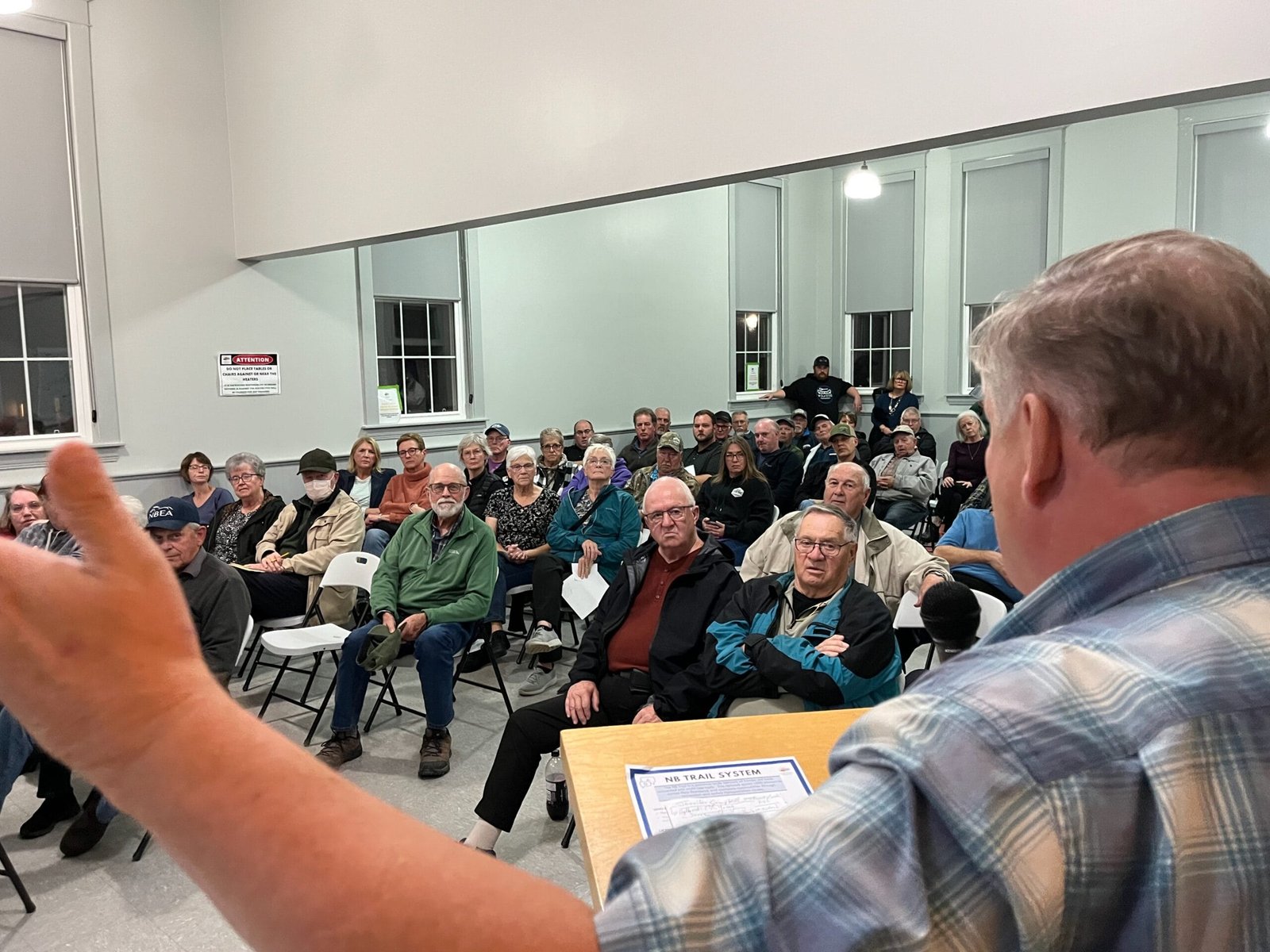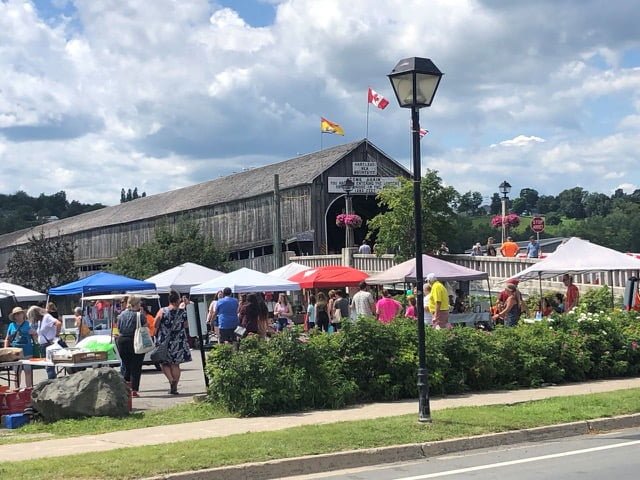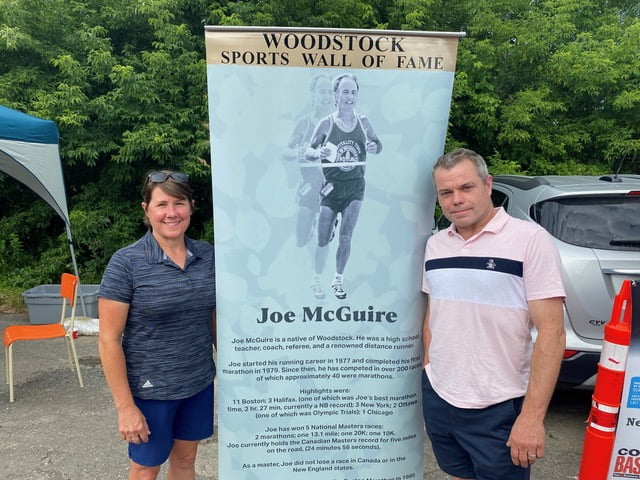Community plans ahead while province stays silent on Quad NB application
As the province delays its decision on ATV access to the Wolastoq Valley Trail, residents and officials in the District of Carleton North are moving ahead with ideas to make the trail through their community safer, more accessible, and better managed.
For more than a year, communities along the section between Perth-Andover and Newburg have been waiting for the provincial government to decide whether to allow off-road vehicles such as ATVs, side-by-sides, and dirt bikes on the trail during spring, summer, and fall. The proposal, submitted in September 2024 by Quad NB and the District of Carleton North, would complement the existing winter lease held by the New Brunswick Federation of Snowmobile Clubs, creating a year-round managed trail system.
The Department of Natural Resources and Energy Development (DNRED), which owns and oversees the trail, has not yet responded to the application. When asked for an update by the River Valley Sun, the department said in a written statement that “several studies are underway to evaluate potential impacts” and that it is working with “partner government agencies to ensure any future planning aligns with the province’s Active Transportation initiative.” DNRED did not indicate when those studies will be completed or when a decision might be reached.
For residents of the District of Carleton North, the Wolastoq Valley Trail is more than a corridor through town. It’s a peaceful space where children walk to school, seniors stroll in the evening, and neighbours meet while walking their dogs.
But when an ATV or side-by-side roars through, that peace is broken, and so are the rules. Outside the winter snowmobile season, motorized vehicles aren’t allowed on the former CN rail bed. Even so, riders continue to use the corridor year-round with little chance of being caught. The RCMP doesn’t patrol the trail, and the province employs only a few off-road officers to cover vast regions.
Residents offer solutions, not just complaints
With the province remaining silent, residents have taken it upon themselves to look for solutions. At a packed public meeting hosted by the District of Carleton North Council on Oct. 23, dozens of residents shared ideas to make the trail safer for everyone. Some proposed directing ATVs onto nearby roads in populated areas. Others suggested clear signage, lower speed limits, or even a short bypass trail to separate motorized and pedestrian users.
Many, including teachers and parents, said safety must come first. They described the in-town section as a de facto sidewalk, one of the few safe routes linking schools and community spaces.
“I live close to the trail. I see people jogging in the morning, walking dogs. Along Main Street, it’s not very walkable, so we really need the trail,” one resident said.
At the same time, local ATV riders and business owners emphasized the importance of cooperation over conflict.
“We have hotels that offer ATV-friendly rates but no way for those tourists to access or use the trail,” one speaker noted. “If they can’t ride here, they’ll spend their money somewhere else.”
Club representatives pointed out that most permit holders are older, insured riders who belong to organized clubs that maintain their own trails. They argued that allowing ATV access under club management would improve safety and maintenance, not harm it.
“Doing nothing is not an option.”
District of Carleton North Mayor Andrew Harvey said the province’s delay has left municipalities with few options, since the trail is provincially owned and controlled. Still, he believes that the conversation itself is a step in the right direction.
“Doing nothing is not an option,” Harvey said. “People are upset, and we have no authority to fix it ourselves. But we can plan, we can collaborate, and we can be ready when the province makes its decision.”
He explained that granting the application would make regulation and upkeep easier while opening the door to new safety measures, such as posting speed limits, adding signage, or creating separate access routes where needed.
“We want a shared-use, shared-responsibility approach that respects all user groups,” Harvey said. He added that the council’s support is based on both practicality and economics. “The Wolastoq Trail allows you to enjoy the beauty of the St. John River Valley. But if tourists aren’t able to access it, they just won’t come here. That means missed opportunities for our local businesses.”
Currently, local planning is underway, although it is primarily on paper. Residents and volunteers are discussing partnerships for trail maintenance and exploring ways to strike a balance between safety and access. Without provincial approval, those ideas can’t move forward yet, but the groundwork is being laid.
Mayor Harvey said the community understands it takes time for the province to decide, and they aren’t asking for a shortcut, just clarity.
“The province can approve, deny, or approve with conditions,” he said. “What we need most right now is a decision, so we can plan the next step.”














